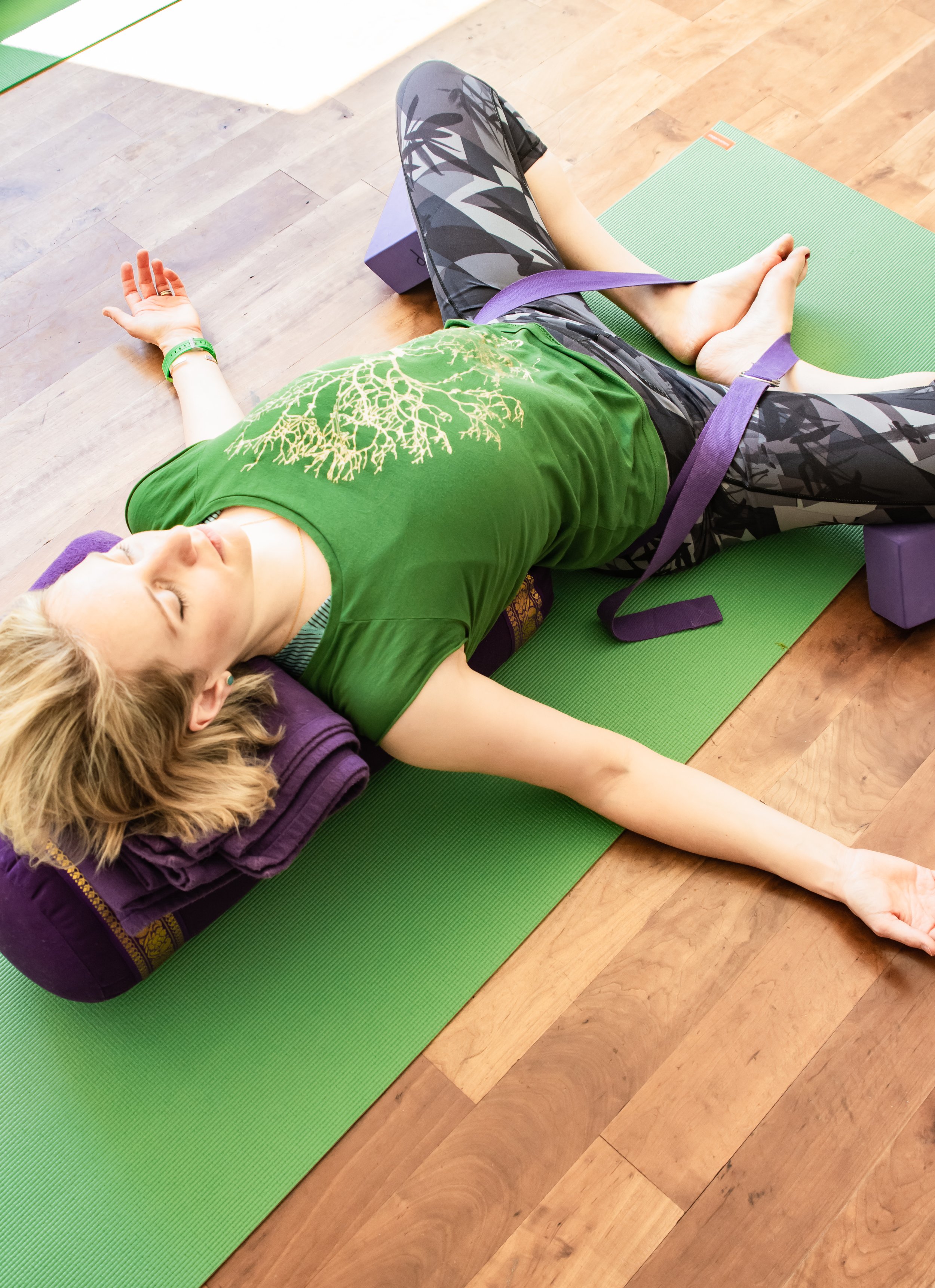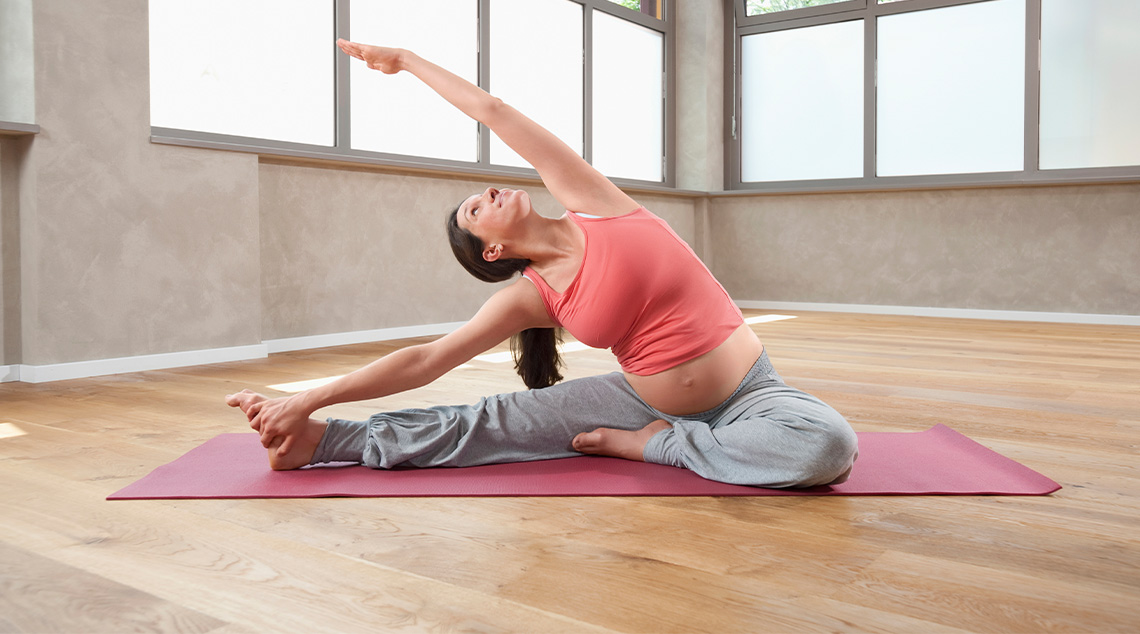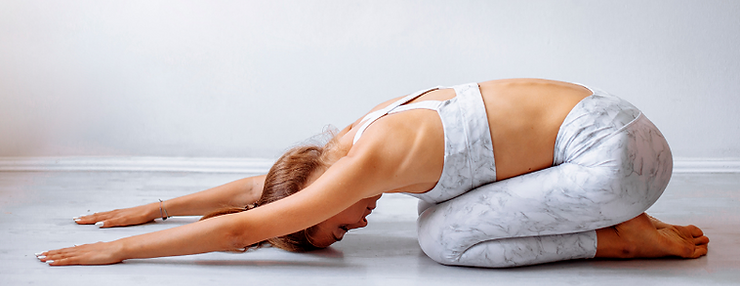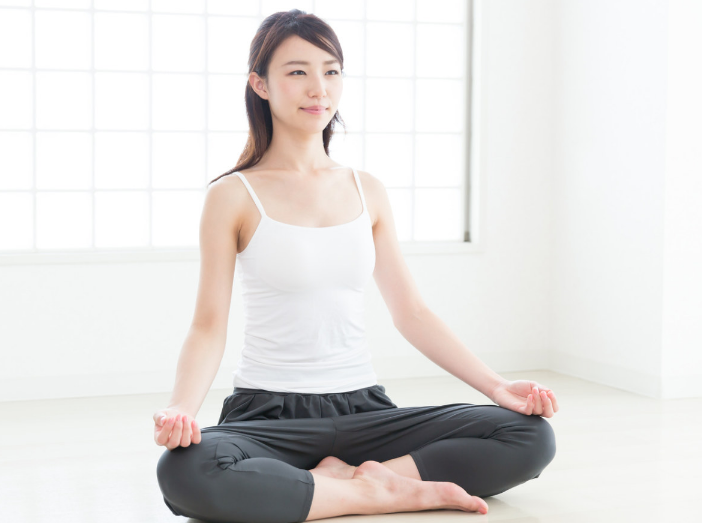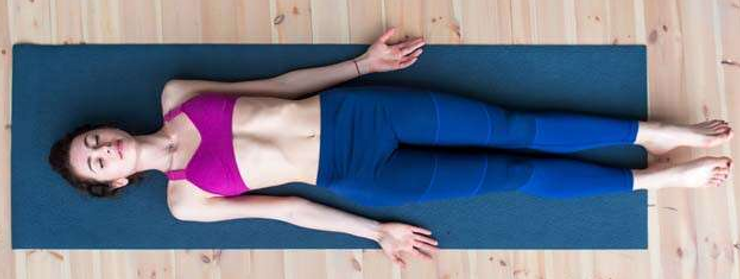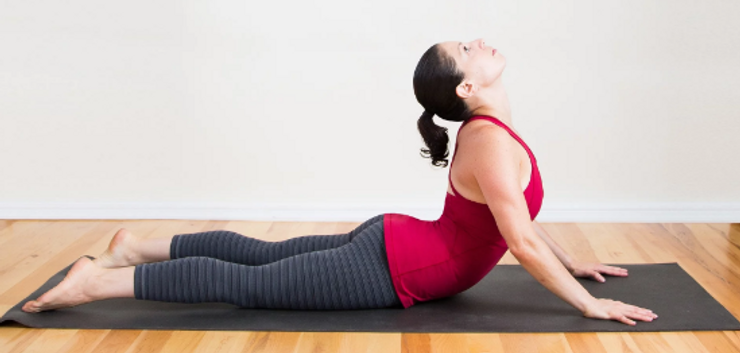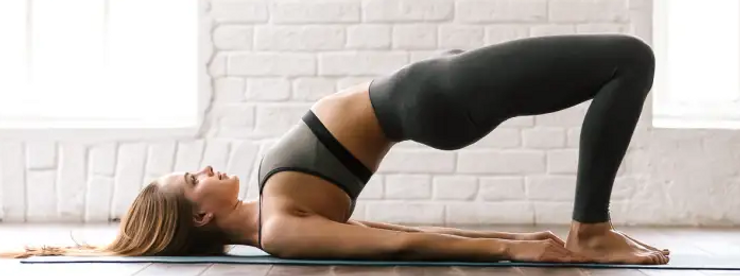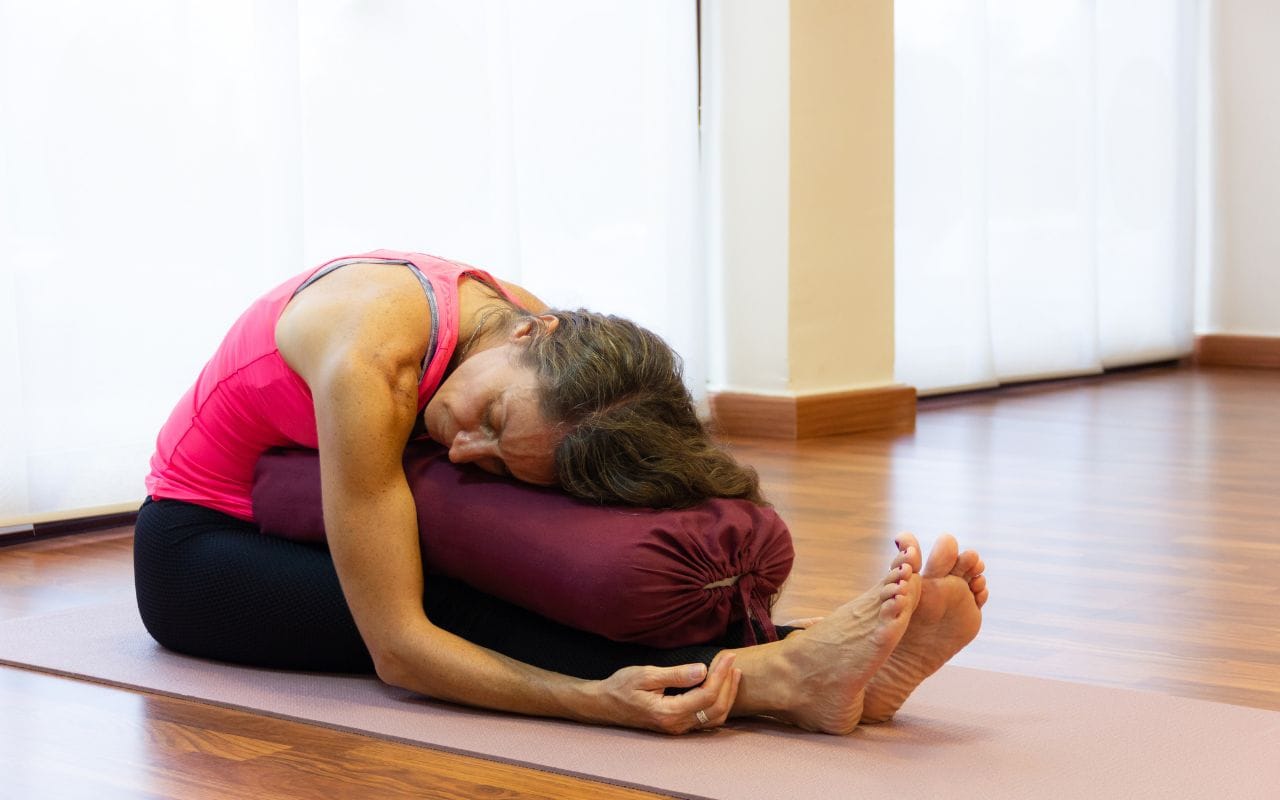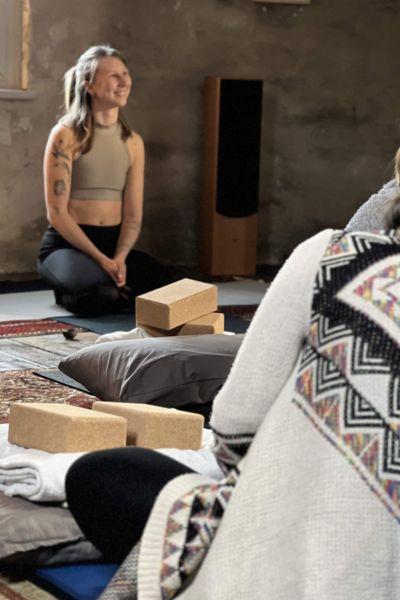Sivananda Yoga Opening and Closing Prayers
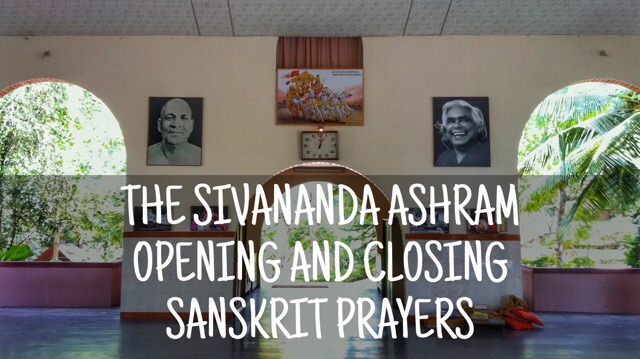
If you’ve ever been to a yoga class at one of the Sivananda Ashrams or Centers around the world you probably remember the opening and closing prayers that the teachers chant at the beginning and at the end of each yoga class.
I have tried to find the text of these prayers online without any success. So I decided to write them down and include them here for anybody who might be interested in learning these prayers.
It doesn’t matter which yoga tradition or lineage you follow, you can use any of these mantras to start or end a yoga class, or during your own yoga practice.
The Sivananda Yoga opening prayer, the Dhyana Slokas, is very specific to that tradition, and it’s a bit too long. So I have also included a shorter Sanskrit prayer (sahanaa bhavatu…) that is commonly chanted at the beginning of every yoga class.
To help you with the Sanskrit pronunciation I have additionally included some YouTube videos with the recording of these prayers.
I’m sure this will be very useful for both, yoga teachers and yoga students.
If you do find this helpful then you can show your support by subscribing to my newsletter here so that you can follow me on my yoga journey. Once you subscribe you’ll be able to download my free meditation e-book.
Sivananda Yoga Opening Prayer –– Dhyana Slokas (Gajananam)
In the Sivananda Yoga tradition, at the beginning of every yoga class, lecture or personal sadhana the practitioner chants the Dhyana Slokas (Gajaananam Boota Ganaadhi Sevitam…).
The purpose is to help us tune with the Divine within and to overcome the ego which can become an obstacle during our practices.
According to the Sivananda Ashram Prayer Sheets that I received during my yoga TTC:
“The Dhyana Slokas helps to tune the mind to the Divine in its different aspects. It makes us feel like instruments and helps to remove the tamasic-rajasic ego. Divine guidance is necessary for any sadhana to be successful.
First, we invoke Ganesha to remove all obstacles, then Subramanya to give us strength and destroy all negative forces, inside and outside. Next is Saraswati to give us Divine Knowledge. Then we ask the teacher (guru) to guide us always. We invoke the Divine Mother Durga, Narayani to bring auspiciousness for all our undertakings.”
[……]

